
It's all about the look of what's on the hook.
From a brook trout's perspective, it's a waste of precious energy to go after something that isn't a sure thing. Potential fodder has to be the right shape, color, and size, and it has to move the right way. Those variables change every day, throughout the day. A recipe for fly fishing might look like this: Take one part science and one part art, tie them together, add a whole lot of finesse and combine it all while standing thigh deep in moving water, and you have the ingredients for getting a fish's attention. Now add practice and you might even get one on your hook.
Fran Betters knew all of this, and he put it into practice by tying flies of an Adirondack-specific variety that were so effective they're still heavily used today. Betters lived in Jay and died Sept. 9, 2009. He was 78.
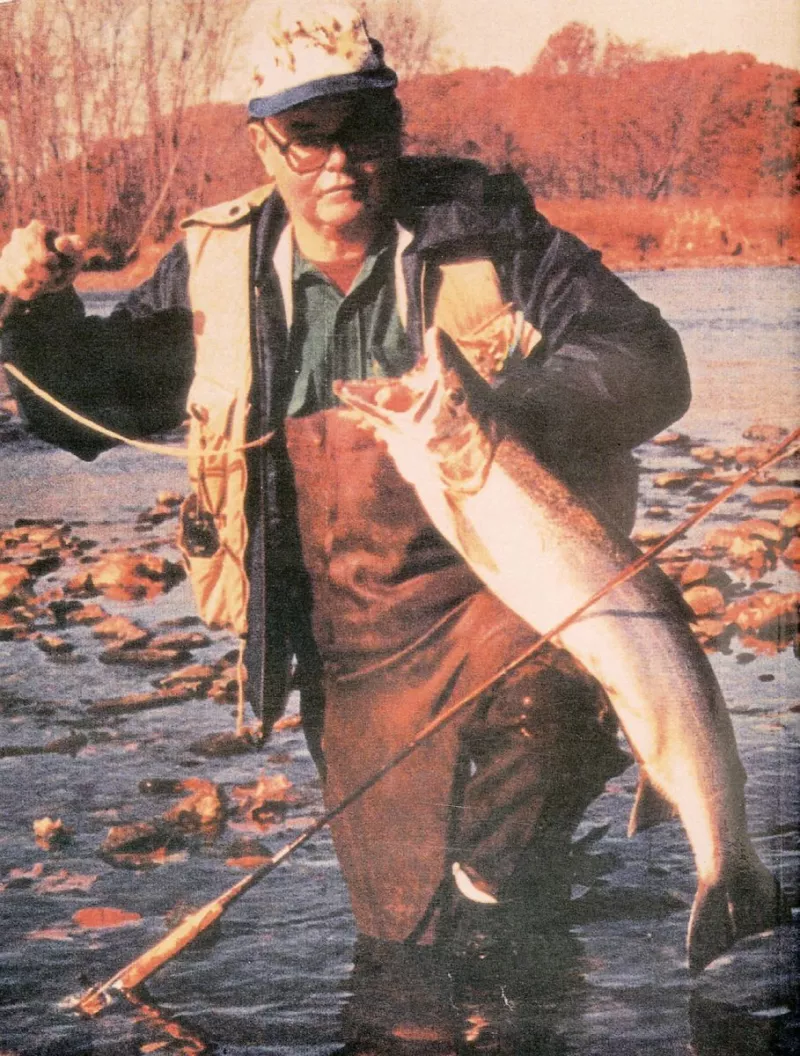
Evan Bottcher, manager of the Hungry Trout Fly Shop in Wilmington, explained that the function of flies isn't necessarily to look like an insect, it's to get a reaction from the fish. Size, shape, and color are therefore more important than perfecting every detail on a species' body, which would be a daunting task considering the thousands of fly species out there.
"If they're eating Mayflies, you're not going to tip them off with a caddis," Bottcher said.
Versatility is where Betters excelled. His flies imitate the rust-colored rocks and tannins — that is, the nutrients that leach into the water from organic materials like leaves and pine needles — found in the Ausable River. They also imitate the way the insects move, depending on whether they're in the process of hatching, drying their wings, or preparing to take flight.
It's all things based on what are local fish are used to seeing, which makes them more likely to strike.
"The flies will be in the same color spectrum that the fish will see because the river bottom is very reflective," Bottcher said. "When the sun comes through the water column there's a lot of refraction going on, and there's something about that rust color that the fish turn on to."
Bottcher noted that Betters also made his flies bushy, which made them look more like real insects and increased their buoyancy, especially in fast moving rivers like the Ausable.
"That's where his flies stood out," Bottcher said. "There was a specific combination of the materials he used and how he dressed the fly with a nice buggy look, with really spikey fibers, and the colors just matched the water and fit this environment."
Ausable Caddis

The tiny Ausable caddis imitates one of the major local insects, the caddisfly. There are more than 1,200 species of caddisfly in North America, so designing a fly to imitate each — and then getting it right out on the river — is close to impossible. Of more importance is discerning whether the flies are hatching underwater or floating on the surface, waiting to take flight.
Betters designed a caddis that can imitate both. On their own, the deer hair used to make the main part of the lure, called the hackle, float. With a little weight, they will stay beneath the surface.
Most commercial caddisflies are tan, green, or black, but Betters' have the rusty hue he was known for.
Ausable Wulff
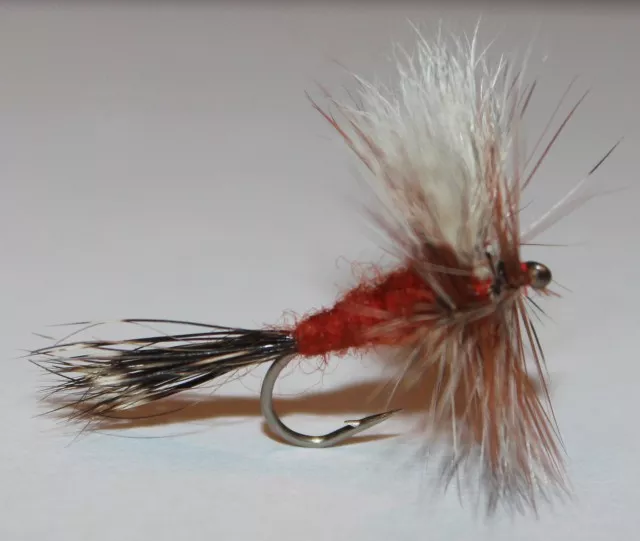
Betters didn't invent the Wulff pattern — that was Lee Wulff in the 1930s — but he did develop an Adirondack version.
Bottcher said Betters is best known for this pattern because it can be used to imitate a number of medium to large Mayflies, like Hendrickson, March browns, and green drakes. It's also useful for imitating other insects.
"It really fits the bill for a lot of different bugs, and you can get it in a lot of different sizes," Bottcher said.
The Ausable Wulff has a dun pattern, which means the wing portion is upright and looks like an insect about to take flight.
Rooster feathers and opossum and woodchuck fur are used to make these lures.
Ausable Haystack
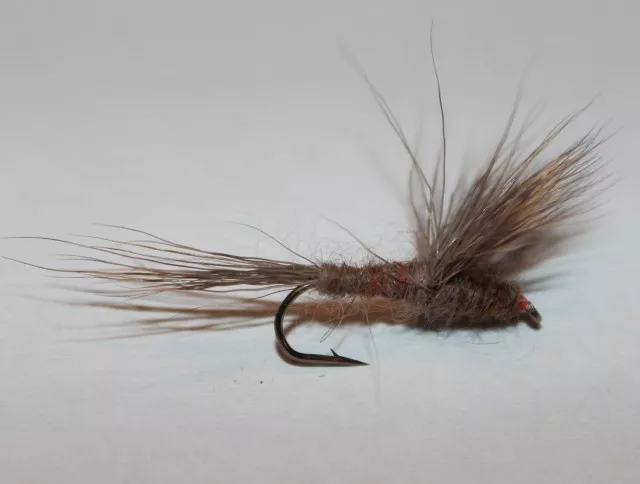
Insects begin hatching on the bottom of a river and work their way toward he surface as they emerge. Once they reach the film on the water's surface, they have to dry off before they can take flight.
"Until it does that, it sits really low and is really vulnerable," Bottcher said. "Remember, they've never flown before, so it's not a smooth process, even when they're ready."
Betters developed the "compara dun" pattern of the Haystack to imitate that awkward stage in the insect's life. The forward leaning wing of the pattern also makes it easier to skitter the lure across the surface of the water without dunking it.
"Sometimes that's the difference between catching a fish or not," Bottcher said.
The Ausable Bomber
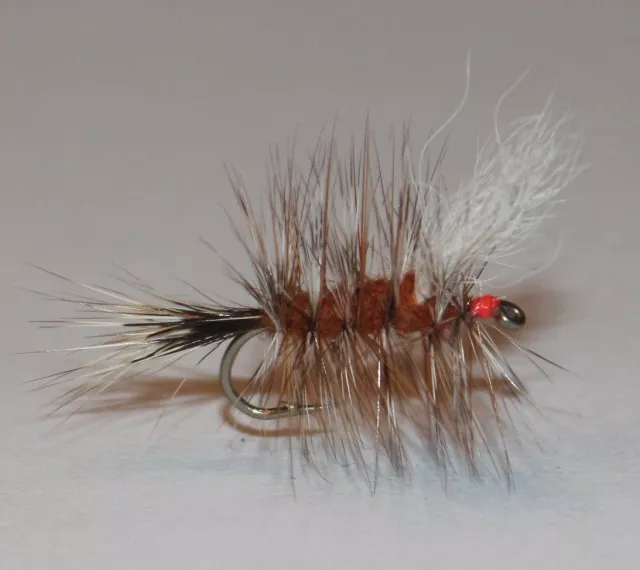
Overall, the Bomber looks like a Mayfly, but it floats really well and can be used to imitate a variety of different flies.
It has one forward vertical wing so it skitters well and the hackle, or body, is full, making it especially buoyant. That's partially due to the deer hair used to make them, and their huge wings.
The original Bombers were designed to attract salmon, and were therefore large enough to handle big-river fishing.
"This is basically a trout adaptation to a classic salmon tie," Bottcher said. "You cannot find this pattern from any major vendor that I know of. I have to get these specially tied."
The Ausable Usual
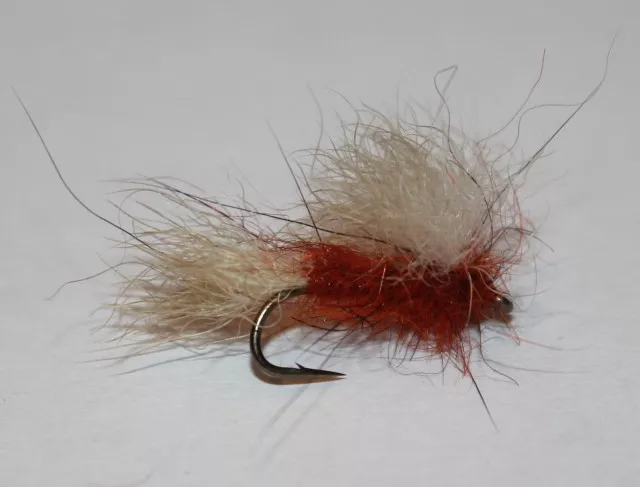
The go-to lure for many fly fishermen and women, the Usual is as versatile as they come.
The bulk of this lure is made from fur harvested from between the toes of a snowshoe hare.
"That's the most oily, dense hair because it keeps the snow from sticking to their feet," Bottcher said. "That prevents them from caking with snow and absorbing water."
The buoyant Usual has slicked-back wings, so with a little movement it can mimic the hatching motion of a fly. As a dead-drift, it can look like a high-floating bug. With the proper technique, it can also appear to be ready to emerge from the water column, drying on the water's surface, or about to take off.
Bottcher said the Usual is especially good at looking like a drying fly, which is appealing to fish.
"A fly that looks like it's about to fly away is a little harder for a trout to eat," Bottcher said. "There's a chance that when the fish goes for it it's going to fly away, but this one is sitting in the water, not ready to fly. Easy target."
Want to get started fly fishing? Hire a local guide to show you the ropes. Ready to test your skills? Enter the annual Ausable Two-Fly Challenge!
This week in related innovative ADK news:
Rare Bard discovered in Blue Line.
Things you can’t get done at the other place.




